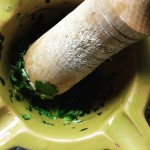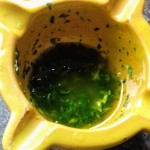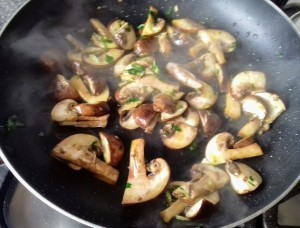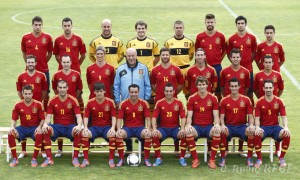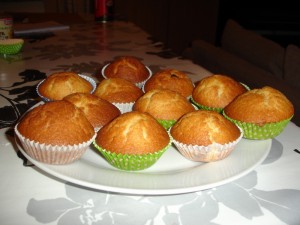Preparing “Salsa verde” is very easy and it is always a convenient sauce to have in your fridge as you can add it to your fish or meat and make it much more interested.
When I was little we used to pick the parsley from a big flower pot that we had at the terrace and, with the beautiful strong garlic from the market and oilve oil we were making it.
All you need to make it is:
PEREJIL – Parley
AJO – Garlic
ACEITE DE OLIVA – Olive oil
UN MORTERO -A mortar
UNA MAZA DE MADERA – A wooden pestle
Take some fresh parley and put the leaves inside the mortar.
Peel some garlic cloves and add them too. If you don’y want it very strong, just add one or two.
Start to mask everything the the wooden pestle until it is in very tiny bits. Be careful when you start because the garlic might go flighing from the mortar.
Once everything is very in tiny bits, start adding olive oil slowly while you stir the mix with your pestle. Keep adding olive oil until it covers the mix and after add a bit more. Some people like to add some drops of lemon juice.
Now take a little spoon and try it. If it is very strong, add some more olive oil.
If you have a little glass jar, you can keep it in it and put it in the frigde to use whenever you feel like adding it to your meals.
This time I have used it with some chesnut mushrooms. Yummy, yummy!

